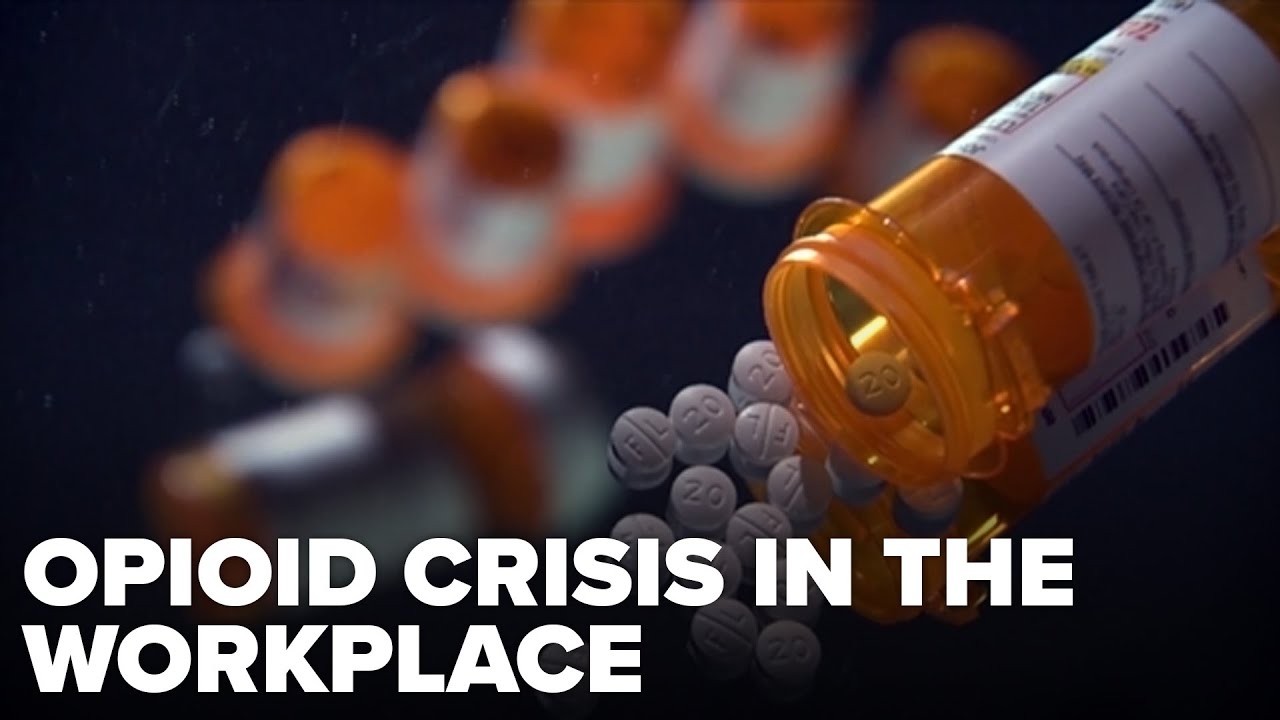Substance Abuse – Cycles of Crisis

Jim Schreier
In the 1970’s, substance abuse in organizations emerged alongside alcohol (also a “drug) as problems organizations needed address with reactions to incidents, development of policies/procedures, and training. The “drug crisis” of the 70’s impacted a majority of organizations as incidents involving employee use on-the-job rose. The problem didn’t disappear, in reality, it continued to grow but it became, along with other critical issues like sexual harassment and diversity, another “Human Resources” issue that needed to be addressed.
In the early 1980’s, new drugs began to appear as problems for both society and organizations to address. The “cocaine crisis” of the 80’s arrived. In some of the first research on the problem for organizations, 21% of the responding organizations had to deal with the use of cocaine by employees at work. By 1986, it had skyrocketed to 58% of responding organizations. By 1993, it would reach 66%. Policies changed. Testing became more popular then less popular then… as organizations struggled to balance education versus policy for the best combination and the best results.
Organizational culture and management strategies came into play as research demonstrated a relationship between a positive organizational culture and many different positive management practices with actual levels of experience with substance abuse.
According to research conducted in 2010, experiences with on-the-job substance abuse in organizations, including alcohol, marijuana, cocaine, and heroin significantly declined. From the high of 66% reported incidents with cocaine in 1986, the 2010 survey reported only 25%. The increased use of pre-employment testing, random testing, and quicker-harsher actions taken for incidents appear to be the major factors impacting the lower incidence.
Now, in 2017, there’s a new crisis, the “opioid crisis.” The opioid epidemic is a major factor that is significantly affecting organizations. Some of the key issues:
- The U.S. Department of Labor reports that the majority of drug users are employed. Two-thirds of those who report misusing pain-relievers are on payrolls.
- The costs of substance use in the workplace are estimated to be billions of dollars a year.
- Research indicates that 10 – 20 percent of workers who die on the job test positive for drugs or alcohol.
It’s important to discover how the explosion of the opioid crisis in the workplace compares to current experiences with other drugs. It’s important to find out if policies are changing and what organizations see as ways to address the problem.

